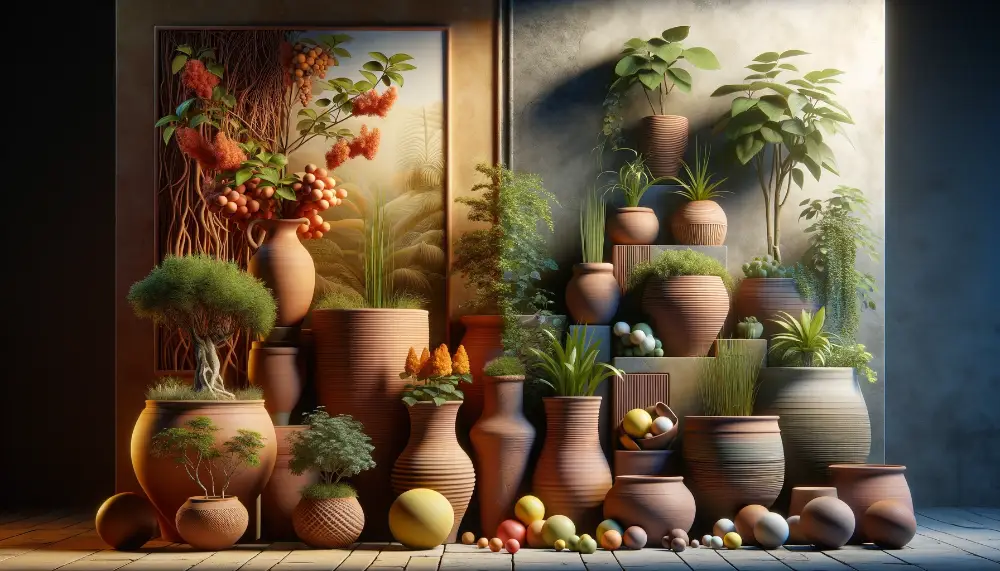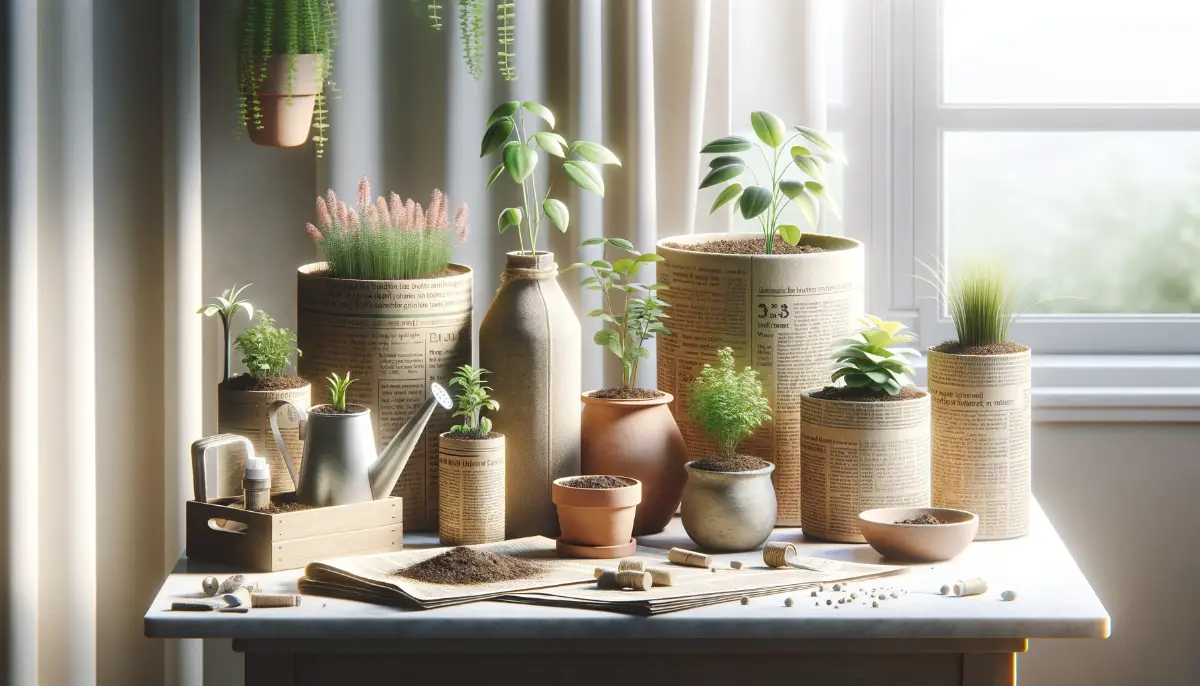When it comes to choosing the right type of pot for your plants, gardeners and homeowners are often faced with a decision between terracotta and clay pots. Both materials offer unique benefits and drawbacks that can impact the health of your plants and the aesthetics of your space.
This article delves into the advantages and disadvantages of terracotta and clay pots, aiming to help you make an informed choice based on your gardening needs and personal preferences.
Terracotta Pots: The Breathable Choice
Advantages:
- Porosity: One of the standout features of terracotta pots is their high porosity. This characteristic allows air and water to move through the pot walls freely, promoting healthier root systems by preventing soil from becoming waterlogged and reducing the risk of root rot.
- Temperature Regulation: Thanks to their porous nature, terracotta pots are excellent at insulating plant roots from extreme temperature fluctuations. They can help keep the soil cool during hot summer months and provide some warmth during cooler weather.
- Natural Aesthetics: The distinctive reddish-orange hue of terracotta pots, a result of the high iron content in the clay, adds a warm, rustic charm to gardens and indoor spaces alike.
Disadvantages:
- Fragility: Despite their robust appearance, terracotta pots can be quite fragile. They are prone to cracking or breaking if dropped, mishandled, or exposed to freezing temperatures.
- Increased Watering Frequency: The same porosity that offers benefits can also be a drawback, as it may lead to soil drying out more quickly. Plants in terracotta pots might require more frequent watering compared to those in less porous containers.
Clay Pots: The Versatile and Durable Option
Advantages:
- Design Flexibility: Unlike terracotta pots, clay pots can be glazed in a variety of colors and designs, offering greater versatility to match your decor style.
- Moisture Retention: Glazed clay pots have a lower porosity, which means they can retain moisture for longer periods. This feature is particularly beneficial for plants that thrive in moist soil.
Disadvantages:
- Weight: Clay pots, especially larger ones or those that are glazed, tend to be heavier than terracotta pots. This can make them less ideal for areas where they need to be moved frequently.
- Risk of Overwatering: The reduced porosity of glazed clay pots can also lead to risks of overwatering, as water does not evaporate as quickly. This can be detrimental to plants that prefer drier conditions.
Making the Right Choice for Your Plants
The decision between terracotta and clay pots ultimately depends on the specific needs of your plants and your aesthetic preferences. Terracotta pots are generally better suited for plants that prefer well-drained, dry soil, while glazed clay pots may be more appropriate for plants requiring consistent moisture.
Choosing the right pot material is crucial for the health of your plants and the overall look of your gardening space. Whether you opt for the natural breathability of terracotta or the moisture-retaining capabilities of glazed clay, understanding the needs of your plants and the conditions of your environment will guide you to the best choice.
FAQs on Terracotta vs. Clay Pots
Can terracotta pots be used outdoors in winter?
Terracotta pots are susceptible to cracking in freezing temperatures due to their porosity. If using them outdoors in winter, it’s advisable to protect them from the elements or bring them indoors.
Are clay pots better for indoor plants?
Clay pots can be suitable for indoor plants, especially those requiring consistent moisture. Their reduced porosity helps retain water, reducing the frequency of watering.
Can I paint terracotta pots?
Yes, terracotta pots can be painted. However, painting them will reduce their porosity, affecting their breathability and moisture regulation properties.
How do I clean a terracotta pot?
Terracotta pots can be cleaned with a stiff brush, soap, and hot water to remove bacteria or mineral buildup.
Are glazed clay pots safe for growing edible plants?
Yes, glazed clay pots are safe for growing edible plants, provided the glaze is lead-free and non-toxic.









